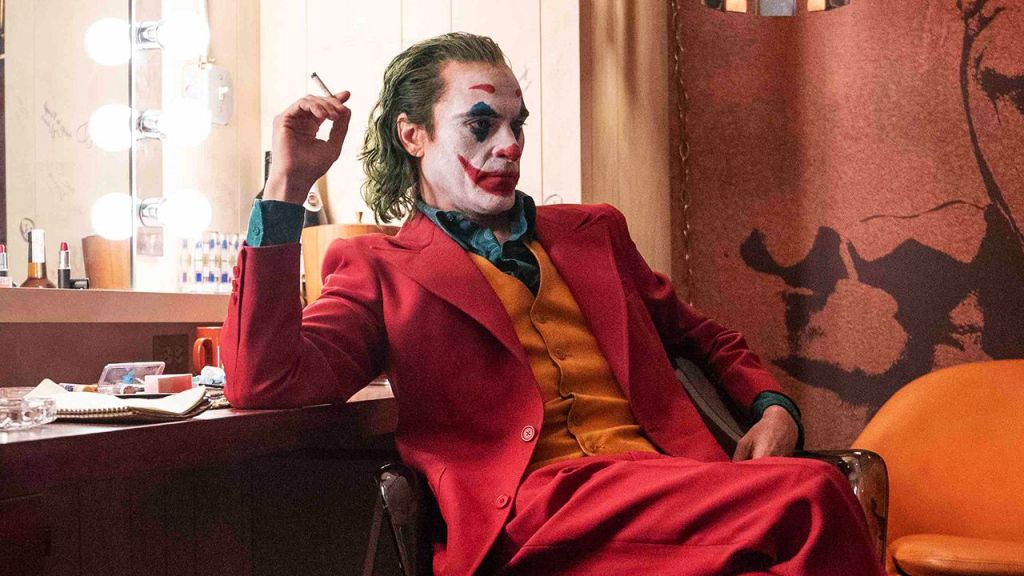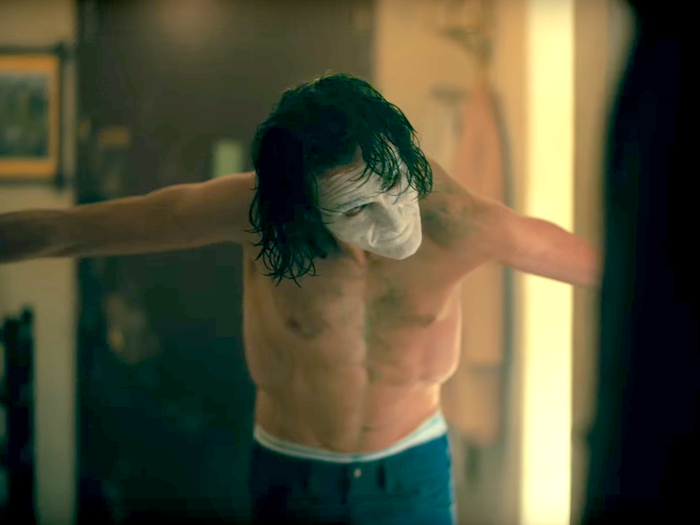
I wonder if the creators of the superhero comic book, Batman, Bob Kane and Bill Finger, ever imagined so much would be made of their villain character, Joker. But just shy of 80 years on, I believe, hands down, we are being treated to the best portrayal of the fiend since they let him spring from the box as the eponymous villain for Batman and Robin to battle with. Our world, of course, is a very different place. But perhaps, given so many iterations of the nasty scoundrel have been drawn, ones we’re still attracted to (well, in my case it’s the first), it might also be true to say that not much has changed.
This latest depiction of Joker is, there’s no doubt, a deviated from the rest in one major way. Rather than the antihero being flatly drawn as wholly formed and perniciously wicked, in Todd Phillips’ 2019 film, titled, Joker, we are presented with the backstory of the wicked man and a plausible road for imagining his dastardly and conniving nature. Originally depicted as a one-dimensional merciless killer who gave his victims ‘Joker venom’, the toxin leaving their faces smiling grotesquely, we now see him as child and victim, as outcast and sufferer, as misfit and casualty. While that, in itself, is nothing new as a tenet for the arc of a story to engage its audience (the good in the baddie) there is something so satisfactory about the fleshed-out character of Joker in this luminous and lusciously-filmed piece, that the production, which does remind me of theatre, is nothing short of mesmerising.
As a child, I was not enthusiastic about the American sitcom format or the thread of a comic book. Unusual among my siblings and peers, I found both constructs fatuous and repetitive. So, to find myself enthralled by Joker was surprising and, I think, a credit to the film-makers. Unlike earlier films in which the character of Joker appears, the elements surrounding the character, including the story, are understated and built-up slowly, the city of Gotham in particular. From the streets to the nightlights, Gotham is suitably menacing and familiar, a city in which people inhabit while containing everything that divides us.
In this slightly dystopian world, one in which we also perceive as naïve – it is a time that predates mobile-phones and CCTV footage – the forces of inequality are very present. Sparking a movement to right the inequity in the metropolis without intending to, we see in Joker a moral compass, a sense of right and wrong, which, rather than placating our thoughts of him as a dangerous being, make him all the more pernicious as he discovers the freedom and joy of unleashing his pent-up fury.
What, however, lifts this film into the realm of artistry is Joaquin Phoenix’s portrayal of Joker. From the internalisation of his unique and troubling laugh, iconic in its delivery and resonance, to the metre of the jokes that the want-to-be comedian, Joker delivers, to the most striking trait of all, his human form. Arresting in its painful and heart-rendering depiction, is the shape of his torso, its movement writhing and contorting with balletic insinuation. Everything else in the film falls into place behind this disturbing, sometimes macabre image of a body wrought by complication and impediment, by vulnerability and liability, by agony and pathos.
Watching the character’s labyrinthian interchange and realignment of bone and sinew and muscle to express and progress the emotion and anguish and distress in the man is not only worthy of note but contextually important both within the film and for the industry in general. It really does both tell of the character and give texture to the medium.
